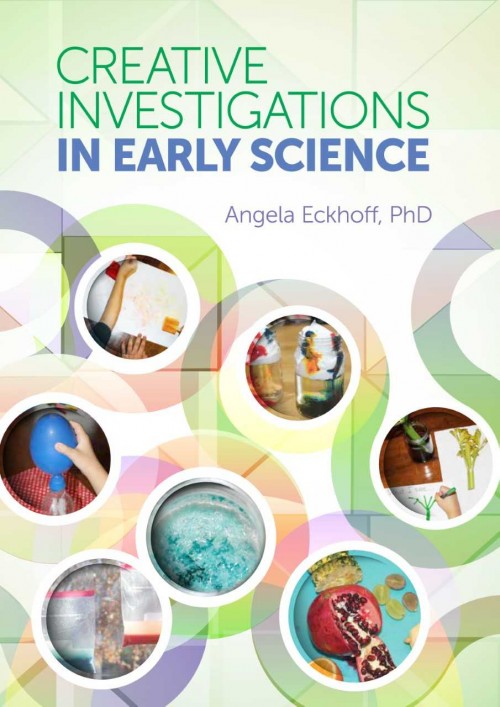From birth, all children are scientists; however, children exemplify what it means to be a scientist during the early childhood years. Children are innately curious about the world around them, causing exploration to occur. This exploration of the world has children naturally engaging in acts of observation, manipulation, and experimentation. So how can educators and guardians help their little scientists learn more about the world?
To start, nothing is more crucial in early childhood exploration than play. When children play they not only learn about themselves but also the world around them. Through the act of playing children build on their previous knowledge, making new connections in the process.
Early childhood exploration also benefits greatly from inquiry-based guidance. Children benefit the most when they are not simply told information, but rather when they are guided to think critically. To guide children to think critically and creatively, educators and guardians should not act as a fact-teller, but rather as a guide that prompts children to think critically and creatively of the world around them.
Young children are naturally inquisitive of the world around them. Educators and guardians have essential roles in harnessing the critical and creative thinking skills of young children. Supportive environments that speak to the interests of the child will allow these skills to develop greatly. Activities that help develop critical and creative thinking skills in young children can be found in Creative Investigations in Early Science.
Use this activity to promote critical and creative thinking skills in young children.
Seed Exploration and Matching
Objective:
Children will explore a variety of seeds and the associated fruit or vegetable.
Materials:
A variety of fruits and vegetables with seeds of varying sizes that can be cut open and explored by children (SAFETY NOTE: Keep in mind the ages and developmental levels of the children when choosing seed to explore to avoid instances of ingestion. Also be aware of any allergies the children may have to fruits and vegetables)
Magnifying glasses
Small bowls of water
Small spoons
Paper or cloth towels
A small bowl for each type of fruit or vegetable available for exploration
Cutting board and knife (adult use only)
Digital camera for documentation
Science journals and pencils
What to do:
Begin by passing around the uncut fruits and vegetables, and invite children to name them and make predictions about what the seeds might look like.
Ask children prompting questions.
Once children have explored each fruit, cut the fruit open and show the children. Were their predictions correct?
Let the children know that the fruits and vegetables will be placed in the science center for them to explore further. Place the cut fruit, small bowls of water (to clean seeds), paper or cloth towels (to dry seeds and hands), small spoons (for scooping seeds), empty bowls (for seed collection), and magnifying glasses in the science center.
Invite the children to collect the seeds from each fruit, clean them, and place the seeds in bowls. Encourage the children to place the seeds from each fruit in a different bowl so they can be dried and explored further by others. Children can use their science journals to draw representations of the seeds and fruits.
Questions to ask:
Do you think this [name of fruit or vegetable] has big seeds?
What color will the seeds be?
Why do you think that?
Have you seen the inside of a [name of fruit or vegetable] before?
